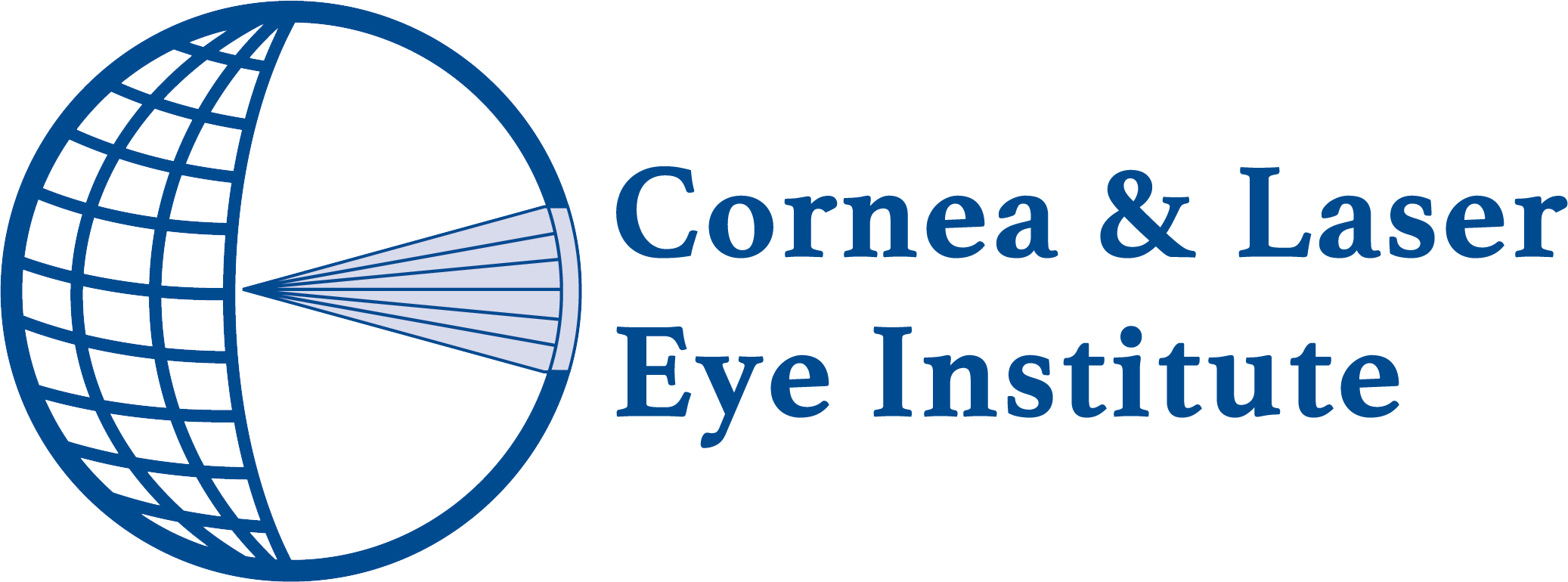
Understanding Cataract Surgery and Its Importance
Cataracts are a common age related eye condition that affects millions of people worldwide. They occur when the natural lens of the eye becomes cloudy, leading to blurred or distorted vision. Cataract surgery involves replacing the natural clouded lens with an artificial intraocular lens, also known as an IOL. Each year, this highly effective procedure helps to restore clear vision and improves quality of life for millions of people.
Limitations of Traditional IOLs in Cataract Surgery
Traditional IOLs used in cataract surgery, also known as monofocal lenses, provide fixed vision correction based on measurements taken and predictions made before surgery. Even premium bifocal and trifocal IOLs are produced with a fixed prescription. While still an effective treatment for cataracts for many patients, the pre-surgery measurements are estimates, which means they may not always result in the desired visual outcome. If a patient is unhappy with their vision after cataract surgery with a fixed IOL, their best option is to have a refractive surgery like LASIK to further improve their vision. Happily, new technology has made fine tuning vision after cataract surgery a possibility.

Introducing the Breakthrough Technology: Light Adjustable Lens (LAL)
To address the limitations of cataract surgery with a fixed IOL, a revolutionary technology known as the Light Adjustable Lens (LAL) has been developed. Cataract surgery with LAL is just as safe as traditional cataract surgery, but with some added benefits. This unique type of artificial lens implant can be precisely adjusted after the initial cataract surgery procedure, allowing for fine-tuning of the visual outcome.
How Does Light Adjustable Lens (LAL) Technology Work?
The Light Adjustable Lens (LAL) is made of a specialized material that is sensitive to ultraviolet (UV) light. After the initial cataract surgery, the patient is required to wear UV-blocking glasses to prevent any unintended changes to the lens implant. Over the course of several weeks, the patient undergoes a series of brief, painless light exposure treatments using a specialized UV light device. These treatments allow the surgeon to precisely adjust the shape and power of the lens, effectively fine-tuning the patient’s vision.

The ability to fine-tune the lens after the initial surgery is a significant advantage of the LAL technology, as it allows the surgeon to address any residual refractive errors or visual needs that may arise during the healing process.
Advantages and Disadvantages of Light Adjustable Lens (LAL)
There are many benefits to having cataract surgery with LAL. A few advantages and disadvantages you may want to consider are:
- Customized Visual Outcomes: The LAL technology allows for precise adjustments to the lens, enabling the surgeon to tailor the visual outcome to the individual patient’s needs.
- Reduced Dependency on Glasses or Contacts: With the ability to fine-tune the lens, many patients may experience reduced or even eliminated need for glasses or contact lenses after cataract surgery.
- Improved Refractive Outcomes: The LAL can help address pre-existing refractive errors, such as nearsightedness, farsightedness, or astigmatism, leading to better overall visual outcomes.
- Post Op Appointments: After the procedure, the patient will need between three to six additional appointments in order to complete the adjustment process
Exploring the Process of Light Adjustable Lens (LAL) Cataract Surgery
The process of Light Adjustable Lens (LAL) cataract surgery typically involves the following steps:
- Initial Cataract Surgery: The first step is the cataract surgery procedure, where the clouded lens is removed and replaced with the LAL implant.
- Healing Period: After the initial surgery, the patient’s eye is given time to heal, typically over the course of four weeks.
- UV Light Exposure Treatments: Once the eye has fully healed, the patient will undergo a series of brief, painless light exposure treatments using a specialized UV light device. These treatments allow the surgeon to fine-tune the shape and power of the LAL, adjusting the lens to the patient’s specific visual needs.
- Final Lens Adjustment: After the series of light exposure treatments, the surgeon will perform a final adjustment to the LAL, locking in the desired visual outcome.
- Ongoing Monitoring: The patient will continue to be monitored by the surgeon to ensure the stability and effectiveness of the LAL over time.
The entire process, from the initial cataract surgery to the final lens adjustment, can typically take between six to twelve weeks to complete, but the end result is a highly customized and precise visual outcome tailored to the individual patient’s needs.
Conclusion: Embracing the Future of Cataract Surgery with Light Adjustable Lens (LAL) Technology
Light Adjustable Lens (LAL) technology represents a significant advancement in the field of cataract surgery, offering patients the potential for highly customized and precise visual outcomes. By addressing the limitations of traditional cataract surgery, the LAL has the power to revolutionize the way we approach this common eye condition, empowering patients to achieve their desired visual goals and improve their overall quality of life.
As this innovative technology continues to evolve and become more widely available, it is an exciting time for both patients and healthcare providers in the field of ophthalmology. By embracing the power of the Light Adjustable Lens, we can look forward to a future where cataract surgery is not just a solution, but a pathway to exceptional and personalized vision.
To learn more about the Light Adjustable Lens (LAL) technology and how it can benefit your vision, schedule a consultation with us today. Take the first step towards achieving the clear, customized vision you deserve.





